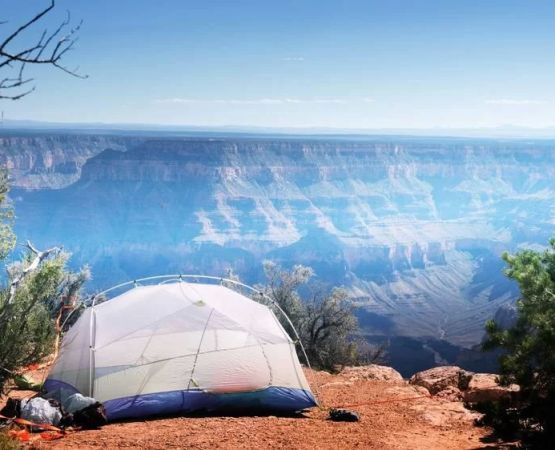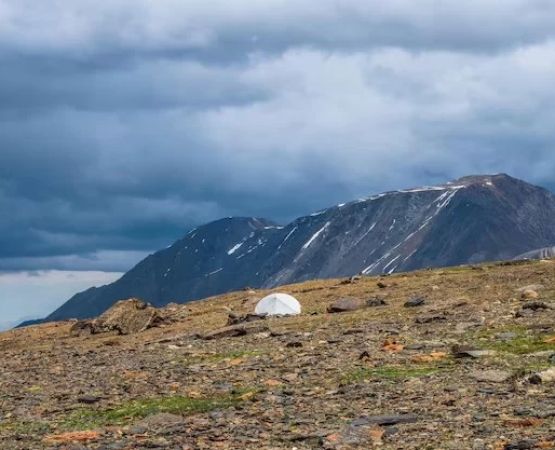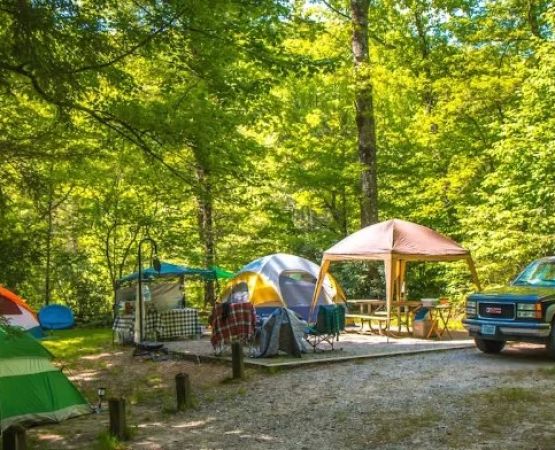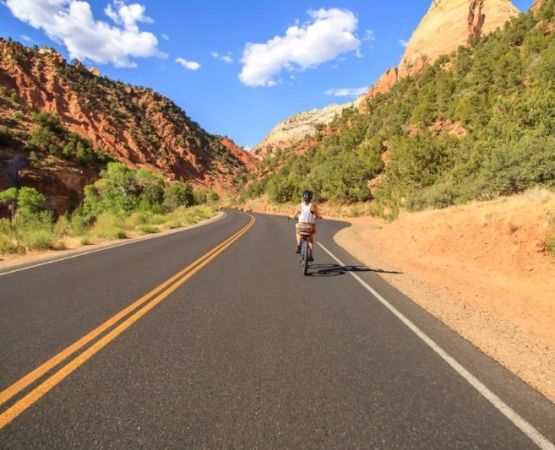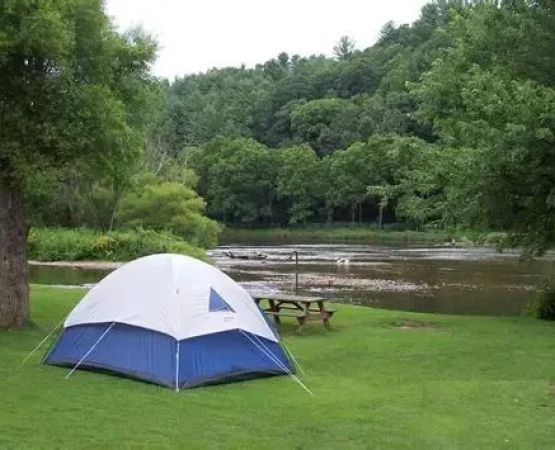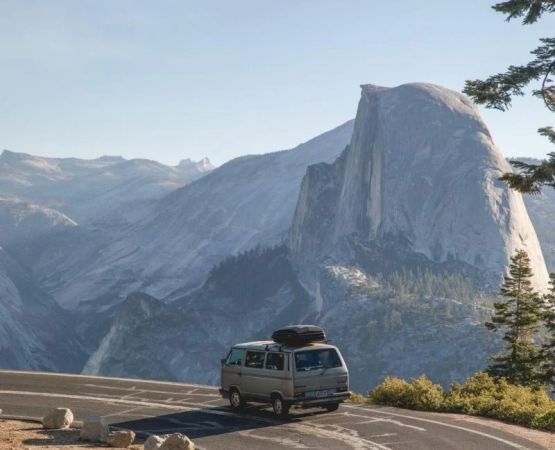How to Prevent Carbon Monoxide Poisoning While Camping: Essential Safety Tips
Camping is one of my favorite activities—there’s something so peaceful about being surrounded by nature, breathing fresh air, and disconnecting from the hustle and bustle of everyday life. However, there’s an important safety issue that many campers overlook: carbon monoxide poisoning. It’s something I became acutely aware of after hearing about a close call during one of our camping trips. Since then, I’ve taken extra precautions to ensure my family’s safety. In this article, I’ll share what I’ve learned about preventing carbon monoxide poisoning while camping, and how you can protect yourself and your loved ones.
1. What is Carbon Monoxide and Why is it Dangerous?
Carbon monoxide (CO) is a colorless, odorless gas that can be deadly when inhaled in large quantities. It’s produced by burning fuel, such as gas, wood, coal, or charcoal. While camping, you might encounter carbon monoxide from various sources—especially from cooking or heating equipment. What makes CO so dangerous is that you can’t see it or smell it, so you may not even realize it’s present until it’s too late.
Once inhaled, carbon monoxide interferes with the body’s ability to absorb oxygen, which can lead to symptoms such as dizziness, confusion, nausea, and even unconsciousness. In severe cases, exposure to high levels of CO can be fatal. For this reason, it’s crucial to take proactive steps to prevent carbon monoxide poisoning while camping.
2. Common Sources of Carbon Monoxide While Camping
During our camping trips, I’ve learned that there are several common sources of carbon monoxide that pose a potential risk. Understanding these sources is key to preventing poisoning. Here are the most common culprits:
1. Camp Stoves and Lanterns
Many campers use gas-powered stoves and lanterns for cooking and lighting. These appliances can emit carbon monoxide, especially if they’re used in confined spaces, such as tents or poorly ventilated areas. It’s easy to forget that something as simple as cooking dinner can create a hazardous environment, but it’s crucial to be mindful of the potential risks.
2. Heaters and Propane Tanks
Using portable heaters or propane tanks to keep warm during chilly nights is common when camping, especially in colder climates. However, these devices can also produce carbon monoxide if not used correctly or in the right environment. Always make sure your heater or propane tank is used in a well-ventilated area to minimize risk.
3. Campfires
Although a campfire is one of the highlights of camping, it’s important to remember that burning wood produces carbon monoxide. The smoke from a campfire can be harmful if you’re too close for long periods, and the CO levels can increase if the fire is not burning properly.
4. Vehicles
Many people make the mistake of running their vehicle in an enclosed space, such as a garage or a tent, which can cause carbon monoxide to build up rapidly. Even running your car in a partially enclosed area, like a tent with a zipped door, can result in dangerous levels of CO in a short amount of time.
3. How to Prevent Carbon Monoxide Poisoning While Camping
Now that we understand the potential sources of carbon monoxide while camping, let me share some essential safety tips to help prevent exposure and poisoning:
1. Never Use Gas-Powered Equipment Inside Your Tent or Enclosed Spaces
This is one of the most important rules I follow during our camping trips. Never, under any circumstances, use gas-powered stoves, lanterns, or heaters inside your tent or any other enclosed spaces, such as campers or cabins. Always use these devices outdoors, in an open area with plenty of ventilation. If the weather is too cold or rainy to cook outside, use a shelter or cooking area that is specifically designed for outdoor use with proper ventilation.
2. Ensure Proper Ventilation
If you’re using any heating or cooking equipment, make sure you set it up in a well-ventilated area. I always make sure there’s a way for the air to circulate freely, such as leaving a tent door or window open slightly. For propane heaters, be extra cautious about where you place them. A well-ventilated space reduces the buildup of carbon monoxide and keeps everyone safer.
3. Install a Carbon Monoxide Detector
One of the best things we did to improve our camping safety was to buy a portable carbon monoxide detector. These detectors are small, lightweight, and easy to use. I simply place it in the center of the tent or camper, and it monitors the air quality for any dangerous levels of carbon monoxide. If CO levels rise, the detector emits a loud alarm, which gives us enough time to evacuate and get fresh air.
4. Monitor the Campfire
When enjoying a campfire, be mindful of how close you are to the smoke. I make sure to sit far enough away from the fire so that I’m not breathing in the smoke directly. Also, keep the fire well-maintained, ensuring it burns properly. If the fire isn’t burning efficiently, it may produce more carbon monoxide. It’s best to keep the fire at a manageable size and avoid excessive amounts of wood or fuel that could create a lot of smoke.
5. Avoid Running Your Vehicle in an Enclosed Space
This one seems obvious, but I’ve seen many campers make the mistake of running their vehicle in a partially enclosed area. Never leave your car running in a tent, garage, or any other enclosed space, even for a short time. The exhaust from the engine contains carbon monoxide, and it can quickly build up to dangerous levels.
6. Educate Everyone in Your Group
One of the key steps in preventing carbon monoxide poisoning is educating your group about the risks. I’ve always made sure that everyone in our camping group knows the signs of carbon monoxide poisoning and how to avoid it. Symptoms can include headaches, dizziness, nausea, and confusion. If anyone experiences these symptoms, get them to fresh air immediately and seek medical attention.
4. Real-Life Experience: Our Close Call with Carbon Monoxide
One camping trip we took will always be in my memory. It was a cold, crisp night, and we had set up a small propane heater in the tent to keep warm. I knew we had to be cautious, but I didn’t realize how dangerous it could become. Fortunately, we had a carbon monoxide detector. In the middle of the night, the alarm went off, warning us of rising CO levels. We quickly opened the tent, turned off the heater, and moved outside for fresh air. That moment made me realize how important it is to be vigilant about carbon monoxide safety.
Since then, I’ve never camped without a CO detector, and we’ve taken even more precautions to ensure that no one is exposed to harmful levels of carbon monoxide. Our close call reminded me that while camping can be a fun and relaxing experience, it’s also essential to stay safe and informed.
5. Additional Tips for Safe Camping
Beyond carbon monoxide safety, there are a few other things I always keep in mind when camping:
- Always carry a first aid kit with the essentials, including a flashlight, bandages, and pain relievers.
- Stay hydrated, especially if you’re at higher altitudes or engaging in physical activities.
- Check the weather forecast before you go, and prepare for changes in conditions.
- Bring a map or GPS device, especially if you’re camping in a remote location.
Camping should be a fun, safe experience for everyone. By being aware of carbon monoxide risks and following simple safety measures, you can help ensure that your next adventure is as enjoyable and safe as possible.

